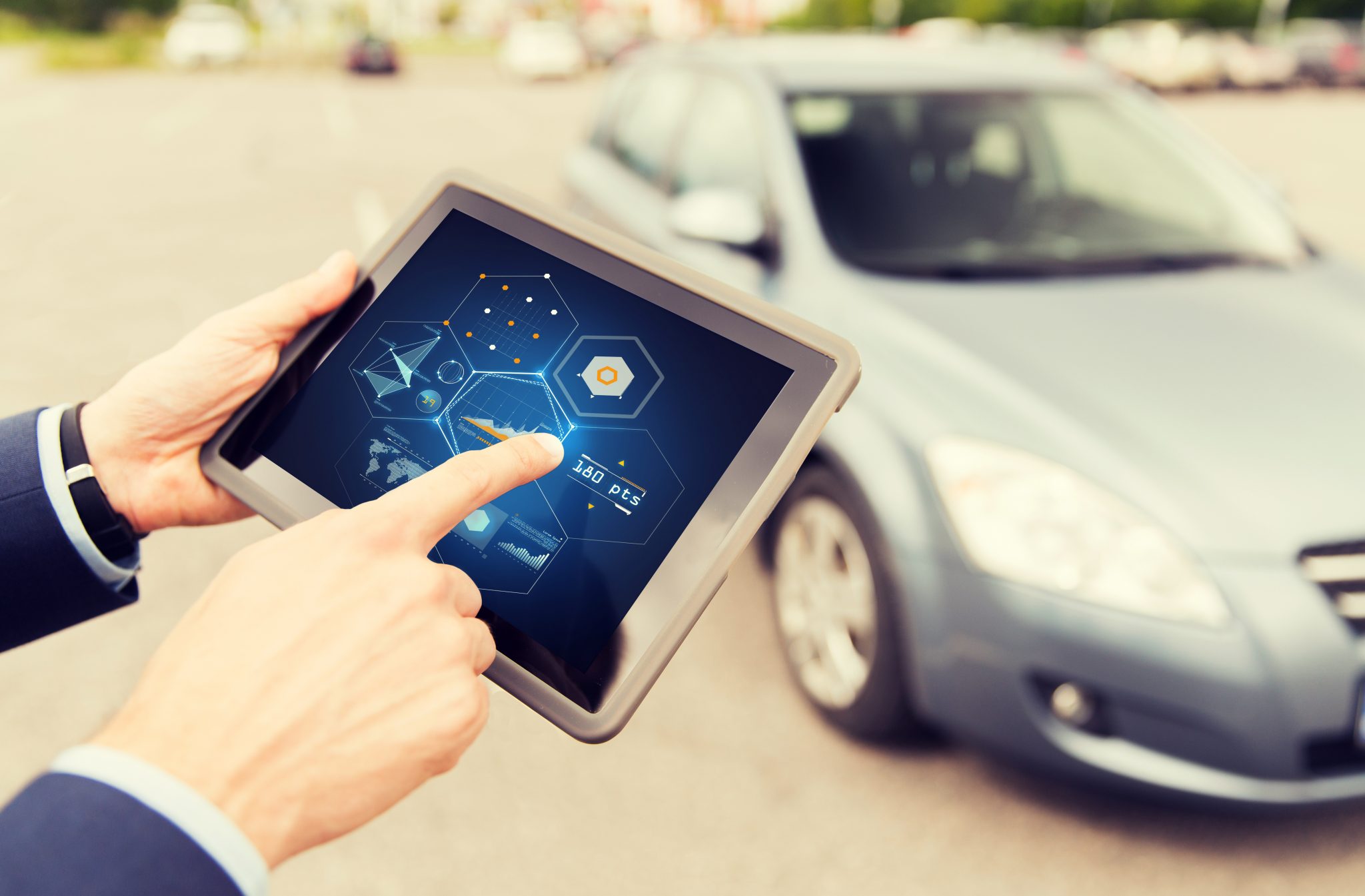In 2016, there were 34,439 fatal motor vehicle accidents in the United States. These accidents caused over 37,000 deaths. Both numbers are a grim increase when compared to 32,166 and 35,092 collectively in 2015. Those numbers are a sobering reminder of the effects of being in a car-dependent society. However, these stats take on an even more profound meaning when in 2013, the Centers for Disease Control announced that the United States had more fatalities due to car crashes than any other high-income country in the world.
How can a tool that helps us get our kids from school, make it to work, take a road trip to see friends, and pick up groceries be responsible for this? The truth is, there are a lot of factors at play when car accidents happen. A driver could have picked up their phone to text, looked down to change the radio, sped up a little too quickly, or neglected to turn around as they pulled out of a parking space. These are everyday occurrences, but the number one cause of accidents continues to be due to human error.
Car manufacturers have long understood that automobiles have to be outfitted with technology that addresses these shortcomings. While it cannot entirely solve every distraction or unwise move that arises on the road, they have developed many technologies to make up for human fallacy.
Tired? Vehicles Can Suggest You Take a Break.
Now, even if you are driving solo, your vehicle can look out for signs that you are drowsy. Newer cars with this technology can detect your drowsiness by taking note of how many times you have veered from the center of the lane. If the sensors detect erratic lane departure, a coffee cup will show up on the dashboard display as a reminder to take a rest. Some cars even have a verbal reminder or cause the seat to vibrate. Between 2005 and 2009, over five million people died as a result of driver fatigue, so this feature can come in handy for those who drive alone for long distances.
A Little Math Can Prevent Spin-Outs During Storms
From 2005 to 2014, weather conditions were cited as a cause for 22 percent of accidents. Weather can be a dangerous factor, regardless of the location. A sunny day can turn into a severe rainstorm in minutes, and in areas susceptible to snow, icy conditions can be the norm for months on end. The only solution for most was judgment and tire design. However, some manufacturers are infusing a little math into the process. Many tires are now outfitted with Traction Control, which are sensors that measure the rotational speed of tires and make corrections based on road conditions to prevent spin-outs.
Two Features are Lifesavers for Short Attention Spans
Distracted driving is one of the number one causes of accidents in the United States. Americans have a problem keeping their eyes on the road and their focus on the cars around them. Smartphones, talking to other passengers, eating, texting, or zoning out can all take the attention away from drivers. In the last few years, many vehicles now have Forward-Collision Warning and Automatic Emergency Braking. One audibly alerts drivers to a potential collision in front of them while the other engages the brakes. Together, they have both diminished rear-end accidents by 50 percent.
Always Know the Speed Limit in Your Area
From 2006 to 2016, speeding resulted in 30 percent of car accidents. Of those that occurred, 48 percent happened on roads where the speed limit was higher than 55 mph. It is so easy to press the gas a little more than usual and not realize how fast the car is actually going. On a basic level, many vehicles now have High-Speed Alerts built into the car. The vehicle’s GPS navigational system will read the speed limits in the area and alert the driver when they have gone over the limit. Advanced technologies are being developed in the United States and Europe that allow cars to slow down on their own if the driver is over the speed limit.
Handling Those Pesky Smartphones
While this could be categorized under distractions, smartphones have been such a leading cause of recent traffic accidents that many analysts have started to put them in their own category. From 2010 to 2014, accidents due to smartphone usage have increased by a significant 38 percent. It is a problem that manufacturers are still trying to contend with. While automakers themselves have not yet developed in-car technology to address this issue each major phone retailer: AT&T, Spring, Apple, Android, and Samsung all have apps that can be integrated with the car’s infotainment center to either block text messages or emails while driving.
Americans will continue to spend the majority of their day in their vehicles. The unfortunate truth is that human error will continue to be a significant cause of motor vehicle accidents. As we move further into the future, technology will continue to evolve to allow manufacturers to address even more of these fallacies to make roads even safer.







